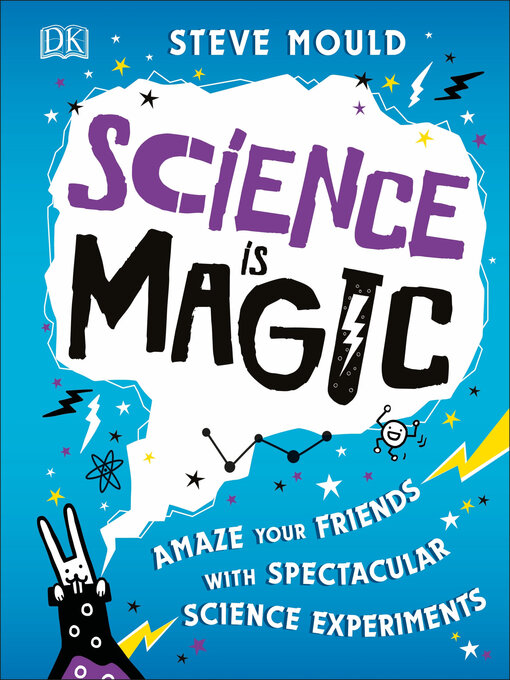
Apr 16, 2020
Have you ever wondered why some things float and some don’t?
Do you know why some liquids become solid in the cold?
Why do objects fall to earth when you drop them? Why don’t they float in the air, the way they do in space?
Discover the concepts of buoyancy, the changing states of solids and liquids, the law of gravity and much more with fun experiments that you can do in your own kitchen or backyard. Parental supervision is recommended for all experiments.
Here is an experiment from Crafty Science by Jane Bull:
In this experiment, you will learn about the changing states of liquids to solids by making an ice lantern. It’s easy and beautiful!
- You will need a small plastic drinking cup and a larger container, like a bowl or a 2-liter pop bottle cut in half.
- Position the smaller cup inside the larger one and tape the cup on the inside edges so that it “floats”, leaving space in between the cup and the larger container.
- Arrange plants, such as holly, evergreen branches, or any sturdy leaf, in the gap between the cup and bowl.
- Fill the gap with water and freeze the container for several hours.
- Remove both the cup and the ice block from the bowl. There is now a space inside the ice block.
- Place a tealight or candle inside this space.
- Light it and you have created a beautiful ice lantern!
In this experiment from Outdoor Science Lab for Kids by Liz Lee Heinecke, you will learn about surface tension by making giant bubbles!
- Equipment: 140 cm of cotton kitchen twine, 2 long sticks (30 – 90 cm), metal washers, 1.4 liters of distilled water, ½ cup cornstarch, 1 tablespoon baking powder, 1 tablespoon glycerin or corn syrup, ½ cup blue dish detergent (Dawn or Joy).
- Tie one end of the cotton string to the end of one stick. Put a washer on the string and tie the string to the end of the other stick so the washer is hanging in-between, on around 90 cm of string. Tie the remaining 45 cm of string to the end of the first stick, forming a triangle.
- This makes a bubble wand.
- Mix the water and cornstarch. Add the remaining ingredients and mix well without whipping up tiny bubbles. Pour solution into large shallow dish.
- With the two sticks parallel ad the washer hanging down in between, completely immerse the string on your bubble wand in the mixture.
- Carefully pull the string up out of the bubble mixture and pull the sticks apart slowly so that you form a string triangle with a thin layer of bubble mixture in the middle.
- Step backwards or blow bubbles with your breath. You can “close” the bubbles by moving the sticks together to close the gap between strings.
- Make giant bubbles!
For more great ideas:
Check out these websites
- Build a rainbow in a glass with Science Fun For Everyone.
- Create a giant dry ice bubble with Science Kids
- Make your own rock candy with Science Bob.
Or
- Download an e-book from the list below!
Have fun!
Blog post contributed by Sonja from our Blackburn Hamlet branch.




